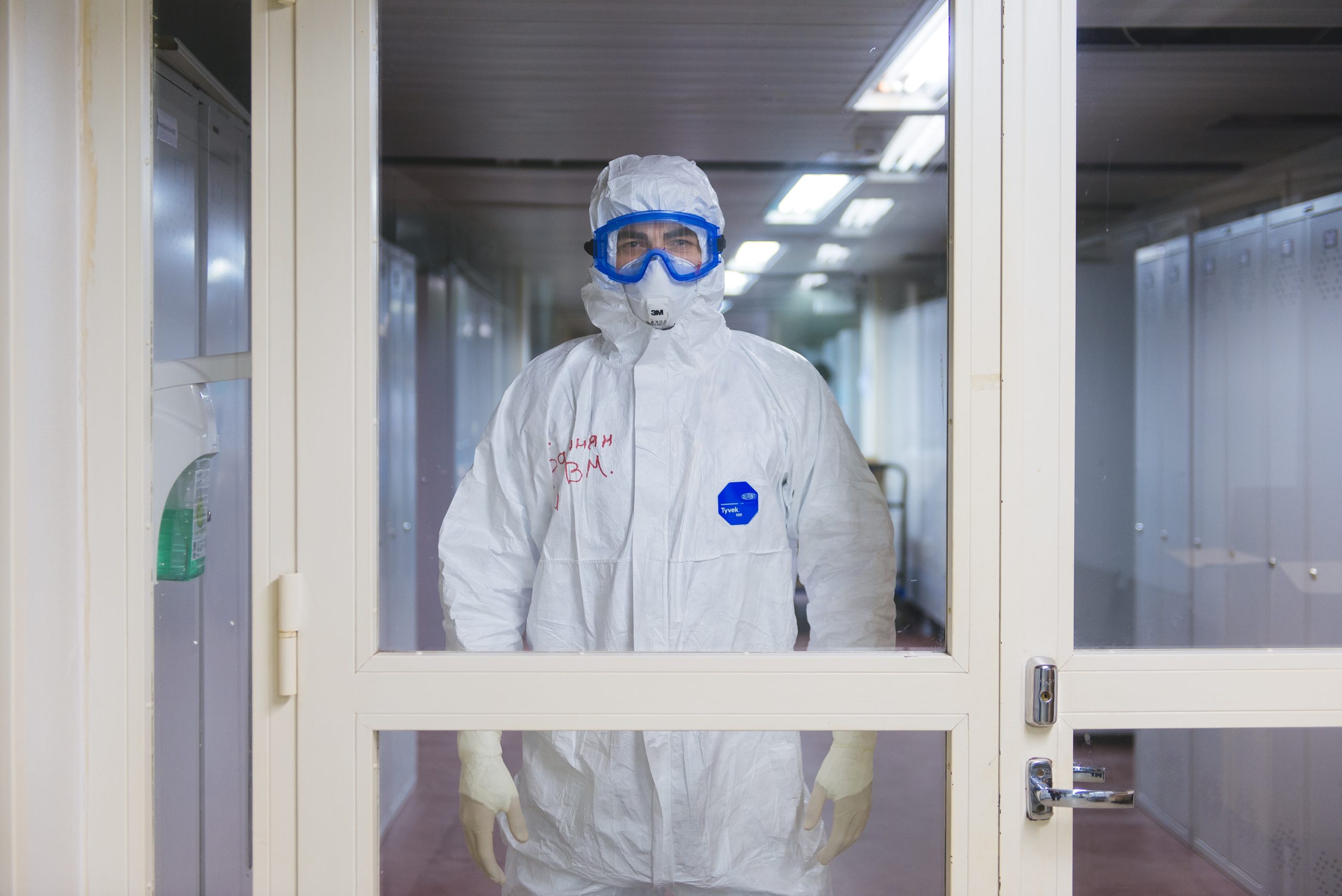As the world continues to grapple with the COVID-19 pandemic, there’s been a lot of talk surrounding the future of the White House COVID Response Team. With vaccines being distributed across the country and infection rates declining in certain areas, some argue that it’s time to wind down this team. But is it too soon? In this blog post, we’ll explore both sides of this debate and see if we’re truly ready to move on from this critical task force. So grab your mask and let’s dive in!
What is the White House Covid Response Team?
The White House Covid Response Team has been a staple of the Obama administration since its creation in 2011. Created in response to the attack on the American consulate in Benghazi, Libya, the team is tasked with providing rapid and accurate information about serious events within the executive branch. However, with Donald Trump taking office and his stated intention to scale back government operations, some are asking if it’s too soon to wind down the team.
On January 25th, 2017, President-elect Donald J. Trump issued an executive order calling for a review of all federal agencies. Part of this review includes a look at how each agency is using taxpayer dollars and determining which ones should be eliminated or reduced in size. Included in this review is a review of the White House Covid Response Team. The order doesn’t say whether or not the team will be eliminated but calls for a report on its effectiveness and efficiency be submitted to Trump by May 1st, 2017.
Critics of the team argue that it’s been nothing more than a waste of money and resources. They point to examples such as Hurricane Maria which saw little response from the team due to its limited resources or revelations about Russian meddling in the election which were uncovered by other sources long before they were revealed by Covid. Others question whether or not shutting down the team would help improve government transparency or communication when serious incidents occur.
It remains to be seen what Trump’s final decision on the White House Covid Response Team will be but
The History of the Covid Response Team
The Covid Response Team was first established in the aftermath of the September 11th terrorist attacks. The team was created to provide rapid response to any future incidents. The team has since been used to respond to a variety of different events, including the Boston Marathon Bombings and Hurricane Sandy. In light of recent events, some experts have suggested that it is time to wind down the Covid Response Team.
The Covid Response Team has been controversial from its inception. Some experts argue that the team is over-sized and expensive, while others say that it provides needed services. Supporters of the team argue that it is important to have a team available in case of an emergency, while detractors argue that the team is not necessary and is a waste of taxpayer money.
What are the Functions of a Covid Response Team?
Covid Response Teams are a key component of the White House response infrastructure. They provide coordination and support for federal, state, and local responders during large-scale events. Covid teams can also provide situational awareness to federal authorities and assist with the management of information sharing.
The functions of a Covid Response Team depend on the event being responded to. In some cases, a Covid team may only be necessary for early stage coordination. For more complex events, a Covid team may provide support for incident command and control, information sharing, and communication between federal, state, and local responders.
The Pros and Cons of Having a Covid Response Team
The White House Covid Response Team (WHCRT) was created in the wake of the 2013 Boston Marathon bombing, in order to provide quick and efficient communication between federal agencies and the White House. The WHCRT has been praised for its effectiveness in handling sensitive situations, but it has also been criticized for its slow response times and lack of transparency. Here are the pros and cons of having a WHCRT.
PROS:
-The WHCRT is known for its quick response times in sensitive situations.
-It is widely considered effective at communicating with the White House.
-It is relatively transparent in how it operates.
CONS:
-Some have accused the WHCRT of being too slow to respond to events.
-Its opacity can be a source of criticism.




